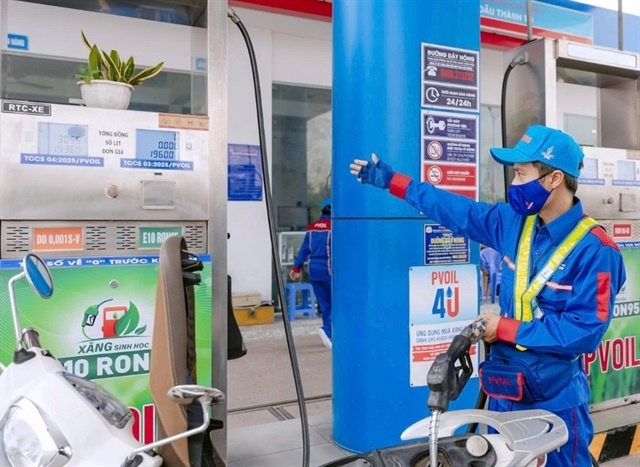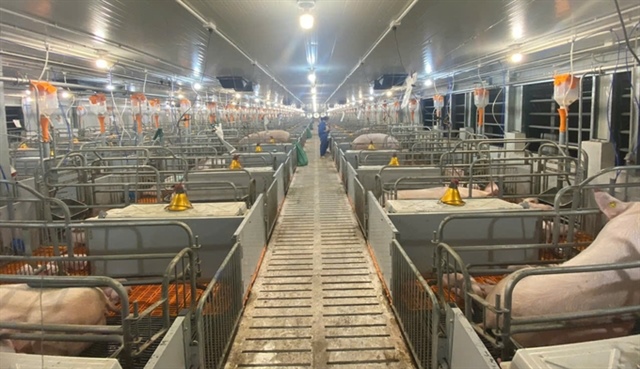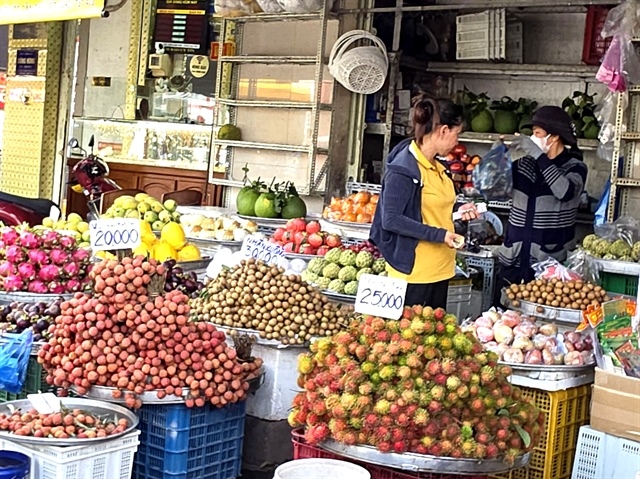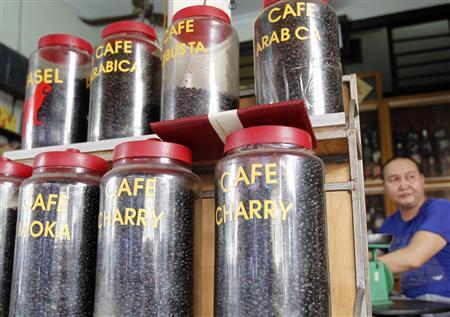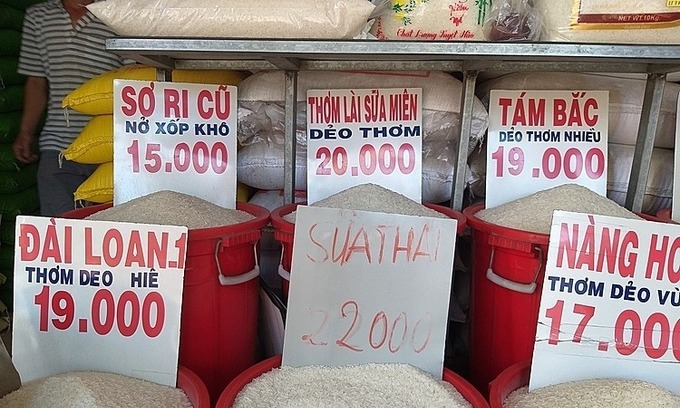Measures for improving coffee sector discussed
Measures for improving coffee sector discussed
Multiple measures for sustainable coffee development have been presented at a seminar, including diversifying coffee products, enhancing domestic consumption and boosting investment.
Speaking at the seminar, jointly organized by the Department of Crop Production and the Vietnam Coffee Coordination Board in HCMC on December 3, Luong Van Tu, chairman of the Vietnam Coffee and Cocoa Association, noted that firms should enhance their capacity for processing a variety of roasted, ground and instant coffee products.
The move is aimed at raising the value of domestic coffee products to serve the local and global markets as a way to help farmers overcome the hardship caused by low prices, Nguoi Lao Dong newspaper reported.
Tu stated that declining coffee prices over the past two years and the negative impact of climate change have dragged down the Vietnamese coffee sector, resulting in coffee farmers suffering heavy losses.
Gerardo Patacconi, a representative of the International Coffee Organization, attributed the price fall to coffee exporters’ large increase in export volume.
Vietnam, the world’s second largest coffee exporter, has ramped up its coffee exports to 31 million bags of coffee per year, he said.
Patacconi advised local firms to diversify their products and not only export to foreign countries but also serve the local market to ensure long-term growth.
He pointed out that in Brazil, some 40% of the coffee output serves the domestic market. This is a trend followed by most coffee producing countries.
Other representatives at the seminar noted that coffee manufacturers and processors should focus on adopting effective measures to develop the Vietnamese coffee sector and deeply integrate with the global market.
These measures include regrowing coffee, offering financial support to farmers, linking the value chains for coffee and switching to high-quality coffee varieties.
A report by the Ministry of Agriculture and Rural Development showed that as of 2018, Vietnam’s coffee growing area amounted to over 645,200 hectares, with 2.7 tons of coffee produced per hectare.
The country has five main coffee growing regions, including the Central Highlands, the southeastern region, the South Central, North Central and northern mountainous midland provinces.


